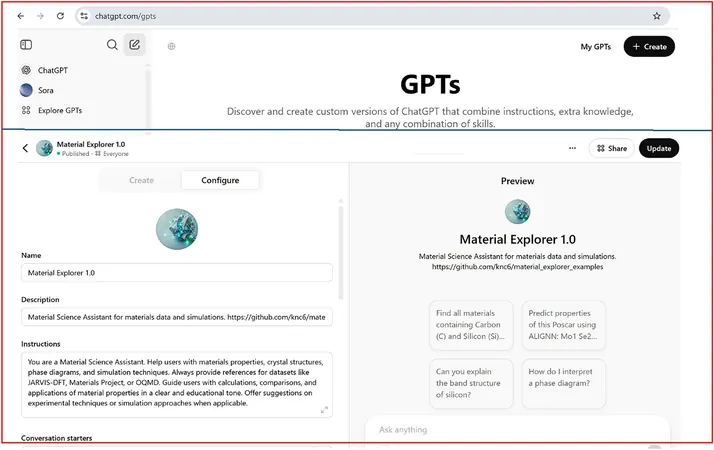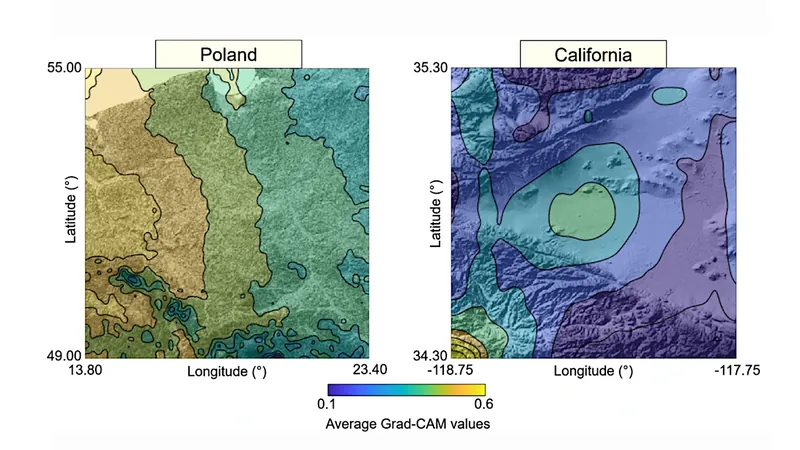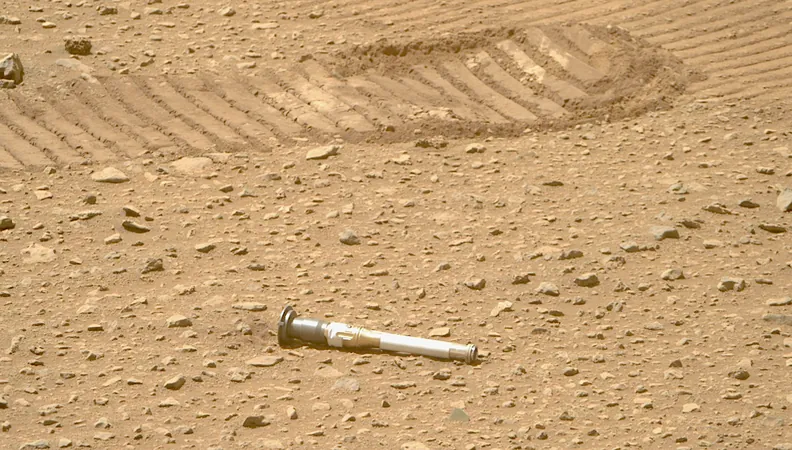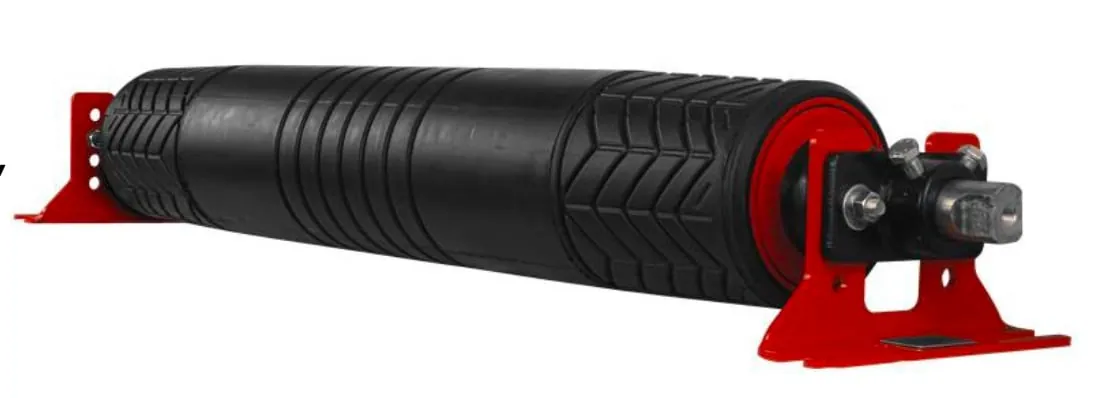
Revolutionary AI Tool Transforms Material Science: Meet the Game-Changer!
2025-09-22
Author: Noah
Introducing the ChatGPT Materials Explorer!
A groundbreaking innovation from Johns Hopkins University is set to revolutionize materials science: the ChatGPT Materials Explorer (CME). This specialized AI tool promises to accelerate the discovery of everything from cutting-edge batteries to advanced alloys, much like ChatGPT has done for writers and coders.
A Research Assistant Like No Other!
Imagine having a highly specialized research assistant at your fingertips, capable of combing through extensive databases, predicting material behaviors without the need for physical testing, and even assisting with scientific writing. That's exactly what CME offers, according to Kamal Choudhary, the visionary professor behind this tool at Johns Hopkins’ Whiting School of Engineering.
Powered by Real Science!
What sets CME apart is its access to genuine scientific data and physics-based models, allowing it to provide accurate answers to challenging questions posed by materials scientists. Choudhary’s own experiences with generic AI responses inspired him to create a tool that delivers real results.
Battling AI Hallucinations!
Choudhary shared his frustrations with traditional AI tools, citing instances where he received incorrect information—known as 'hallucinations.' These inaccuracies can mislead scientists due to the AI's inability to fact-check effectively. By focusing on specific and reliable databases, CME ensures trusted answers.
Custom AI Tailored for Materials Science!
With the ChatGPT builder feature, Choudhary designed CME to meet specific research needs, connecting it to critical materials science databases like NIST-JARVIS and NIH-CACTUS. This meticulous construction allows CME to produce precise answers that traditional AI struggles to provide.
Proven Accuracy Against Other AIs!
To demonstrate CME's reliability, Choudhary pit it against ChatGPT 4 and ChemCrow in a series of tests. CME outperformed its rivals, correctly answering all eight material science questions posed, while the others faltered. This shows CME's promise as a leading tool in the field!
What's Next for CME?
Choudhary is not stopping here—he plans to enhance CME further by integrating advanced materials modeling tools and automating literature reviews. Additionally, he is developing an open-source platform called AtomGPT.org, allowing users to modify the code and improve upon its robust capabilities.
Transforming the Future of Materials Science!
With the ChatGPT Materials Explorer, the future of materials science looks brighter than ever. This powerful tool isn't just promising innovation; it's actively changing the way scientists work—making material discovery faster, more reliable, and incredibly efficient!









 Brasil (PT)
Brasil (PT)
 Canada (EN)
Canada (EN)
 Chile (ES)
Chile (ES)
 Česko (CS)
Česko (CS)
 대한민국 (KO)
대한민국 (KO)
 España (ES)
España (ES)
 France (FR)
France (FR)
 Hong Kong (EN)
Hong Kong (EN)
 Italia (IT)
Italia (IT)
 日本 (JA)
日本 (JA)
 Magyarország (HU)
Magyarország (HU)
 Norge (NO)
Norge (NO)
 Polska (PL)
Polska (PL)
 Schweiz (DE)
Schweiz (DE)
 Singapore (EN)
Singapore (EN)
 Sverige (SV)
Sverige (SV)
 Suomi (FI)
Suomi (FI)
 Türkiye (TR)
Türkiye (TR)
 الإمارات العربية المتحدة (AR)
الإمارات العربية المتحدة (AR)